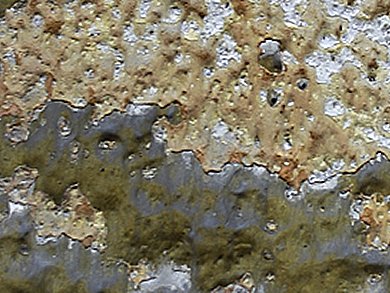Microporous materials offer a confined environment optimal to enhance chemical reactions. Calcium silicate hydrate (C–S–H) gels form layers of sub-nanometer-size disordered pores filled with water and cations. It is the main constituent of cement-based materials. Hegoi Manzano, Massachusetts Institute of Technology (MIT), Cambridge, USA, and colleagues studied by atomistic simulation the dissociation and polarization of water in C–S–H gel micropores.
A considerable amount of the water present in the pore spaces dissociates to form Ca−OH and Si−OH groups. All the water reacts in the non-bridging oxygen (NBO) atoms of the silicate chains forming silanol groups. None of the siloxane oxygen atoms reacts. The water affinity to the substrate does not change after the chemical reactions. Before water dissociates, the solid C–S–H was hydrophilic, due to the strong acceptor character of the silicate chain terminal oxygen atoms. The new silanol groups keep the hydrophilic character of the solid part.
Comparing these results with those of a defective zeolite structure with a silicon vacancy counterbalanced by calcium atoms, reveals that NBO atoms in silicate structures have a hydrophilic character while siloxane oxygen atoms have a hydrophobic character.
A relationship between the water dissociation in C–S–H gels and the increase of hardness due to a transformation from a two- to a three-dimensional structure was found.
- Confined Water Dissociation in Microporous Defective Silicates: Mechanism, Dipole Distribution, and Impact on Substrate Properties,
Hegoi Manzano, Sina Moeini, Francis Marinelli, Adri C. T. van Duin, Franz-Josef Ulm, Roland J.-M. Pellenq,
J. Am. Chem. Soc. 2012.
DOI: 10.1021/ja209152n




